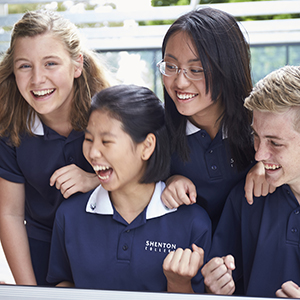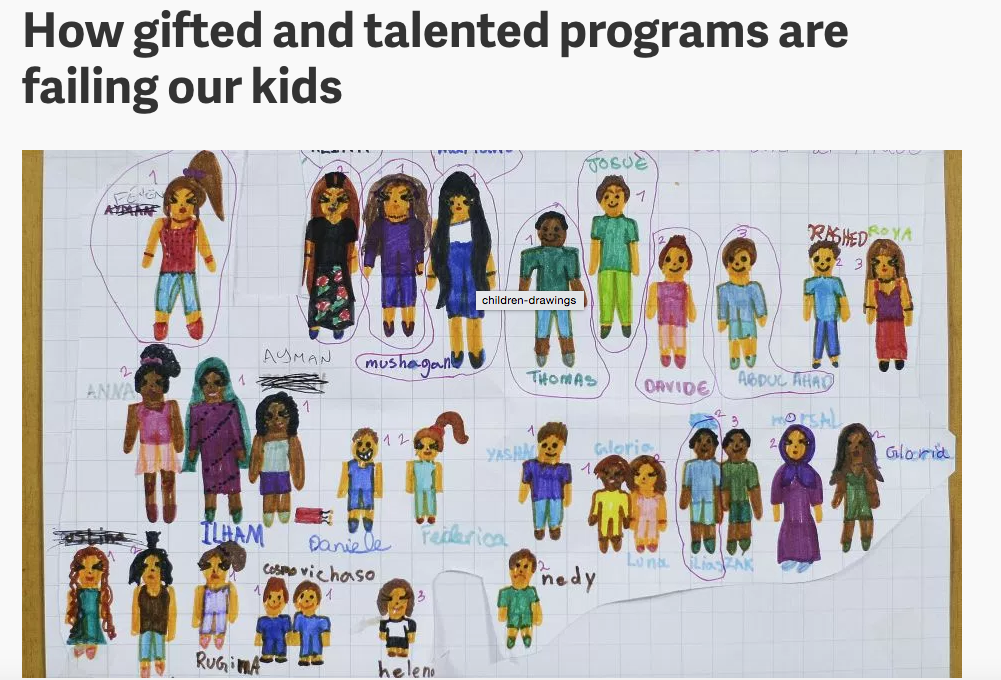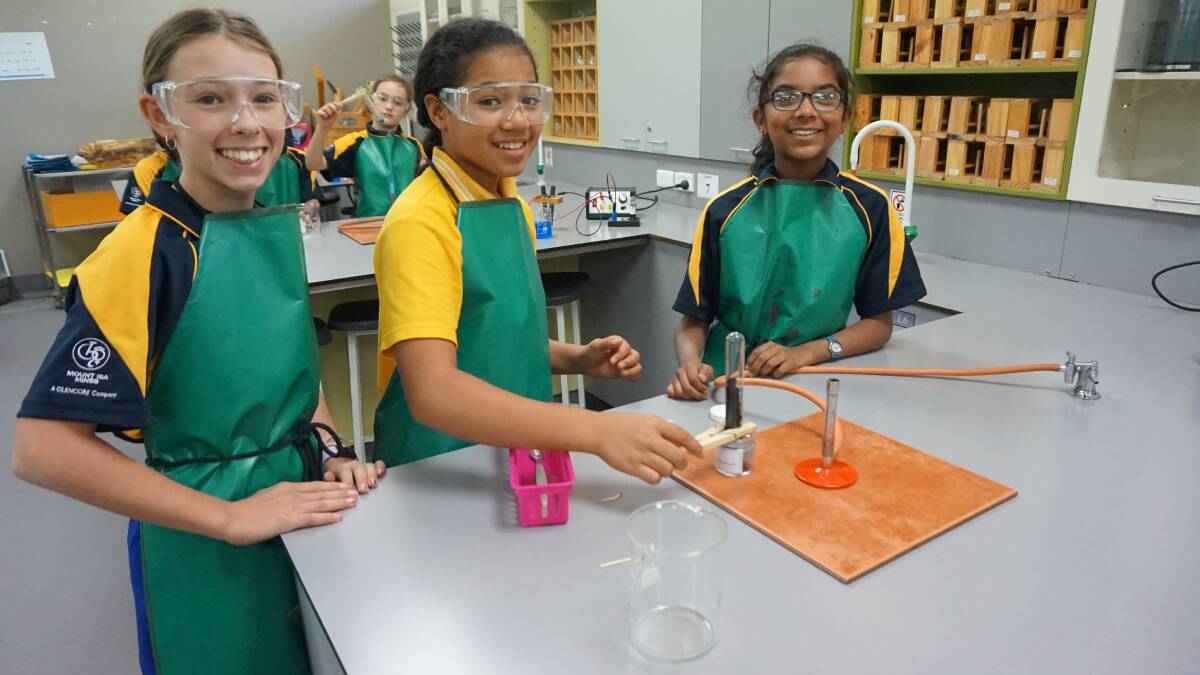
Students didn’t have to score high on the overall composite score in order to participate in gifted programming and could qualify instead by scoring high on just the quantitative or verbal component.Īlternately, students who scored in the preferred range for just one subcategory could continue through the screening process, and their academic interim assessment scores could help identify them for gifted services. In addition, students scoring high on one of the subcategories on the 3rd grade test could automatically be enrolled in gifted and talented programs.

Kari Hanson-Smith, Sacramento’s gifted and talented coordinator, realized that the more that screenings were available, the more opportunities there were to identify students, so she added a screening in the 3rd grade.

Until the 2014-15 year, the district only universally screened children once, in the 1st grade. That’s why screening was a key part of Sacramento’s plan to improve its selection process. The result, in many such programs, is that twice-exceptional students-as well as students in poverty and black and Latino students-are frequently underrepresented in gifted and talented programs. but if we’re realizing that we’re biased humans, teacher referral can be biased, too,” said Renae Mayes, an associate professor of educational psychology and school counseling who studies twice-exceptionality in urban environments at Ball State University. “Typically, school districts approach identifying for gifted ed as starting with a teacher referral. Often the “giftedness masks their learning disability, or their learning disability masks their giftedness, or they kind of cancel each other out and no one knows either,” said Hope Wilson, who studies attentional concerns of young gifted children at the University of North Florida.Ī collective fear of some experts on twice exceptionality is that these talented students wind up bored in classrooms geared to their disability rather than their academic gifts. Nationwide, though, twice-exceptional students are among those who are often overlooked when it comes to getting tested for gifted and talented programs. Overlooked PopulationĪt least one survey shows that educators agree that gifted education specialists are best suited to provide support to twice-exceptional students like Audrey, who are often acutely aware of their learning differences. The district added an additional universal screening for gifted students and adopted more-inclusive practices for analyzing testing outcomes. The 2014 complaint prompted educators and administrators to think of new ways to look at the student data and improve gifted and talented access. The jump was spurred in part by the settling of an issue with the federal office for civil rights over the disproportionate representation of minority populations in gifted education classes. Their numbers have grown in tandem with an overall rise over the past five years in newly identified gifted special education students. In Sacramento, though, the proportion is higher: 6 percent of gifted and talented students in grades 2-12 have disabilities in a nearly 47,000-student district. Nationwide, less than 3 percent of students enrolled in gifted and talented education have been identified with disabilities. Students with disabilities account for 14 percent of the nation’s school population, but in gifted and talented classes, they are a very small slice.

Datawise, though, Audrey is exceptional and so is her school district, Sacramento Unified.


 0 kommentar(er)
0 kommentar(er)
